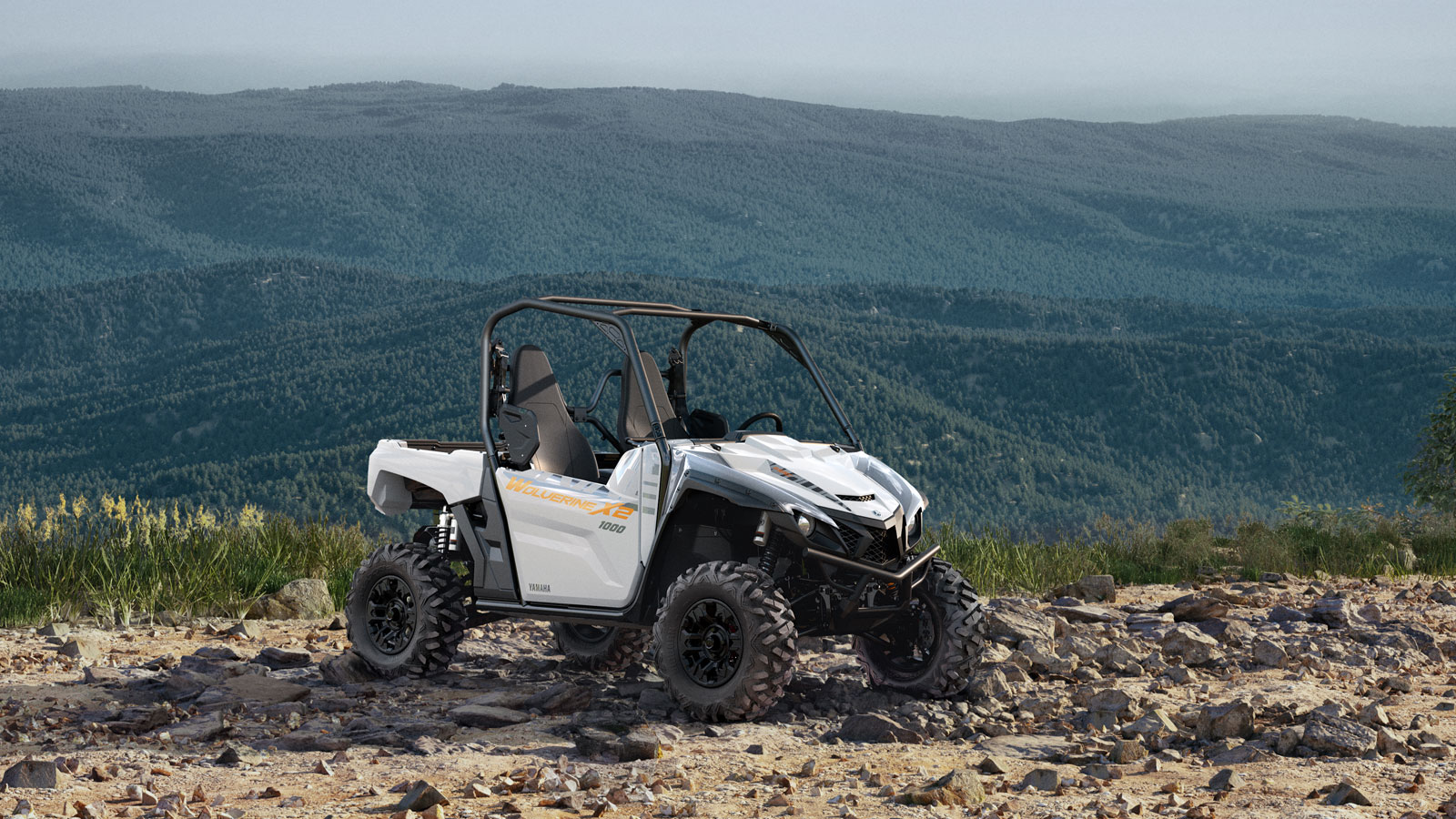
Your ATV or Side-by-Side (SxS) represents a significant investment, and one that you will likely want to protect with some form of insurance policy. In fact, many banks will require some form of insurance to cover the machine if you have any form of loan out for buying it. But how do you get your ATV or SxS insured? It’s not as tricky as it may seem, nor is it going to be overly expensive in most cases.
Thank you to Yamaha for sponsoring this New Rider series.
Where Do I Start?
The first thing you need to know about insuring your ATV or SxS is what your home state or province requires by law. Some areas require that you carry some form of insurance, much like with your auto policy. Be sure you look into this before you head out on the trails. A good place to check, if you don’t know, is to go to your local dealership. Most dealerships are well versed in the local laws and can get you at least pointed in the right direction. Some may even have contacts for you to find the best policy for you and your budget.
Do I Need ATV or SxS Insurance?
There are two different ways to look at this. You may be required to carry insurance from the bank you took out the loan to buy the machine. This is similar to auto loans in that you are required to carry full coverage as long as there is a lien against the machine. Again, this is dependent upon where you live and the bank itself. Additionally, you may be required to carry some form of insurance by the state or province in which you live and ride in. It’s also a good idea to check with other states if you plan to put the machine on a trailer and go on a riding vacation. Your state may not require it, but another might.
What Are the Types of Coverage?

There are four main areas to consider for getting insurance on your ATV or SxS. These all vary by the insurance companies and where you live. You should also check into coverage that is dependent upon whether or not you have the appropriate safety equipment in use, such as wearing a helmet or seatbelt use – things you should be doing anyway.
- Bodily injury liability coverage – This type of coverage pays for injuries you cause to someone while riding your ATV or SxS. This type of coverage usually has a limit that you set and will provide coverage up to your policy’s limit. Be aware that once that limit is reached, you can be on the hook personally for anything over and above.
- Bodily injury property damage – This type of insurance will pay for damages to someone else’s property if you are the one held liable in an accident. Again, this varies by policy and only covers up to the limit of your policy.
- Collision coverage – This covers damages to your vehicle in the event of an accident where you collide with another vehicle or object like a tree or the ground. With this coverage, your insurance can pay to repair or replace your vehicle, minus any deductible. This is exactly like what you might have on your car or truck, and is usually what is required by a lien holder.
- Comprehensive coverage – This type of insurance takes care of you when events outside of your control, like theft, vandalism, hitting an animal, fire and weather-related damage, damage or destroy the ATV or SxS. Again, this is often required by a lien holder and covers you minus any deductible you might have.
What About My Homeowner’s Policy?
If you own your home, you likely have a homeowner’s policy that covers your stuff and provides some liability insurance. Most policies do not cover your ATV or SxS, though. Again, check with your agent to be sure.
Your home insurance policy’s personal liability coverage may provide some protection, however, if someone else is injured on your property while riding an ATV. This will only be up to your policy limit, and then only if it is something your insurance company covers. Again, please talk to your agent for clarification.
How Do I Find ATV or SxS Insurance?
We suggest starting with your current insurance agent and/or company. It can really help to lower the costs if you have existing policies, as you may then be eligible for a multi-policy discount. If this doesn’t wind up being the best plan for you, then shop around and check with some of the online insurance options. Keep in mind that you should seriously be looking at making sure you are covered for every scenario. It is like wearing a helmet – you will be very glad you have it when you need it.
 Your Privacy Choices
Your Privacy Choices
 The
The